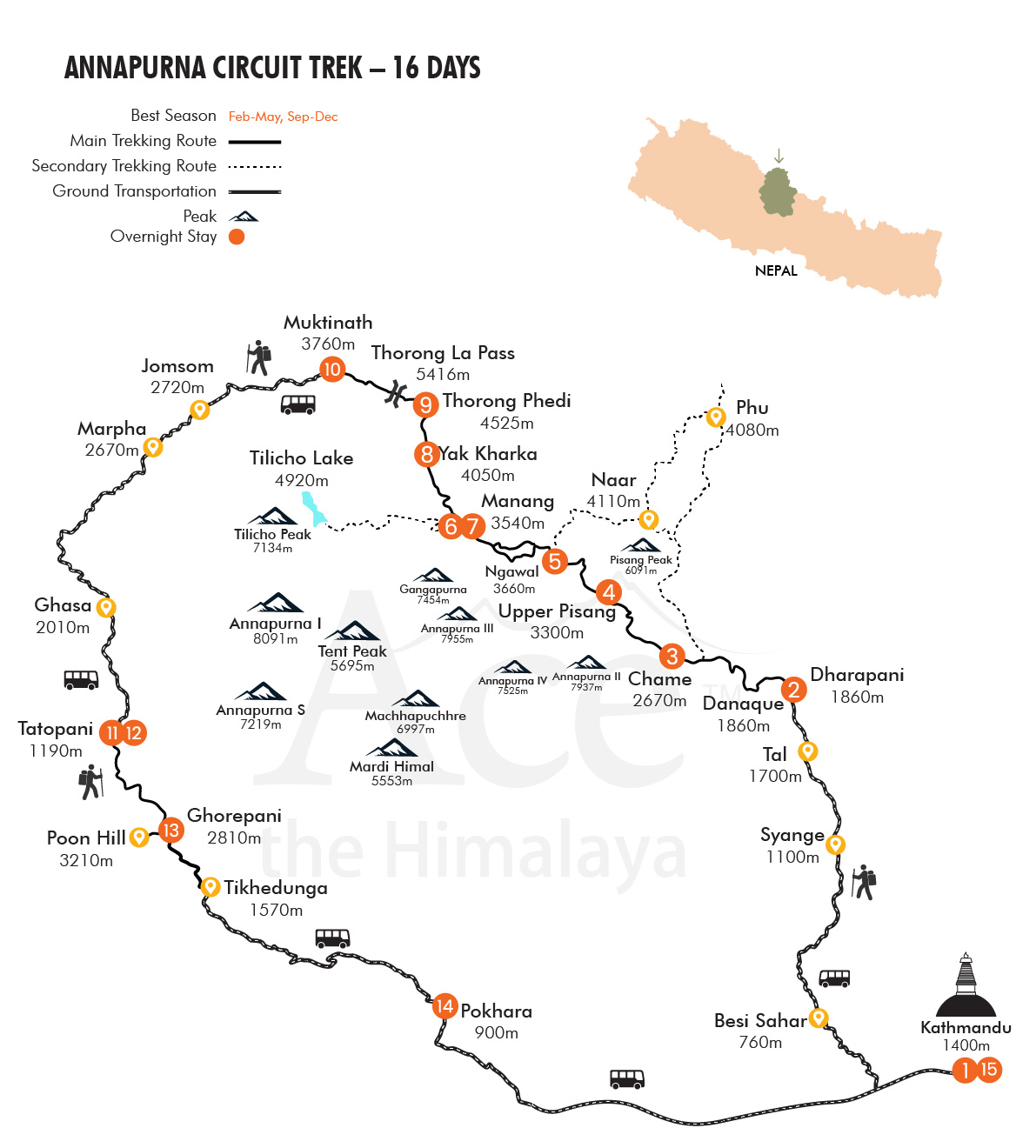Notifications

6 minutes, 19 seconds
-36 Views 0 Comments 0 Likes 0 Reviews

Teahouse trekking has become a popular choice for adventurers seeking to explore some of the most spectacular trails in the Himalayas, and the Manaslu Circuit is no exception. This trekking route is not only famous for its breathtaking landscapes and rich cultural experiences but also for the warm and inviting teahouses that provide a unique accommodation option along the trail. Ace the Himalaya offers valuable insights into teahouse trekking on the Manaslu Circuit, ensuring that trekkers are well-prepared for their journey ahead.
Teahouse trekking involves staying in simple lodges or guesthouses called teahouses, which are scattered along popular trekking routes in Nepal. These establishments are often family-run, providing accommodation and meals for trekkers who wish to explore the region without carrying heavy camping gear. The teahouses on the Trek to Manaslu Circuit offer a glimpse into the local culture and provide opportunities for interaction with the friendly residents of the area. Trekkers can enjoy comfortable lodging, hearty meals, and a warm atmosphere while resting after a long day on the trails.
Opting for teahouse trekking comes with numerous benefits. One significant advantage is the social aspect of staying in communal accommodations. Trekkers often find themselves sharing meals and stories with fellow adventurers, fostering a sense of camaraderie that enriches the overall experience. Additionally, teahouses provide a convenient way to access meals and refreshments during the trek, allowing trekkers to refuel without carrying a heavy cooking setup. The ability to interact with locals and learn about their way of life adds depth to the trekking experience, making it not just a physical challenge but also a cultural journey.
Teahouses on the Manaslu Circuit range in quality and amenities, catering to different preferences and budgets. Most teahouses offer basic sleeping arrangements, typically in shared rooms with single or bunk beds, and provide shared bathroom facilities. While some teahouses feature hot showers and charging stations for electronic devices, others may have more rustic amenities. Ace the Himalaya guides trekkers on what to expect from various accommodations along the trail, ensuring they are well-prepared for the conditions and available facilities they may encounter. It’s essential to keep in mind that the quality of accommodations may vary significantly, especially in more remote villages.
Food is a significant highlight of the teahouse trekking experience. Teahouses typically provide a menu featuring a variety of local and Western dishes. Trekkers can enjoy traditional Nepali meals like dal bhat (rice and lentil soup), momos (dumplings), and vegetable curries. While options for Western food like pizza and pasta are often available, these meals may not be as readily prepared in more remote areas. Ace the Himalaya recommends trying local cuisine, as it is generally fresher and offers a more authentic experience. Additionally, teahouses serve various soups, snacks, and beverages, ensuring trekkers can stay energized throughout their journey.

Staying in teahouses provides unparalleled opportunities for cultural immersion. Interacting with the friendly locals who run these establishments gives trekkers insights into daily life in the mountains. Many teahouse owners are eager to share stories about their culture, traditions, and the challenges they face in the high-altitude environment. This personal connection enriches the trekking experience, allowing trekkers to appreciate the vibrant customs of the region and fostering a deeper understanding of the local community. Ace the Himalaya encourages trekkers to engage in conversations with teahouse staff, enhancing the overall adventure.
Before embarking on a teahouse trek, there are several important tips to keep in mind. Travelers should carry sleeping bags for additional warmth, as teahouses may not have adequate heating during colder months. It is also advisable to bring some cash, as many teahouses do not accept credit cards, particularly in remote areas. Water purification tablets or filters are critical since bottled water can be expensive and harmful to the environment. Moreover, it’s essential for trekkers to respect local customs and be mindful of the communal nature of teahouse living, promoting a respectful and harmonious atmosphere during their stay.
For those considering the Manaslu Circuit Trek, Ace the Himalaya plays an invaluable role in ensuring a smooth and enjoyable experience. The organization helps trekkers navigate the complexities of teahouse arrangements by providing expert guides who are familiar with the best routes and accommodations. This support not only enhances safety but also enriches the cultural experience with knowledgeable insights about the region.

